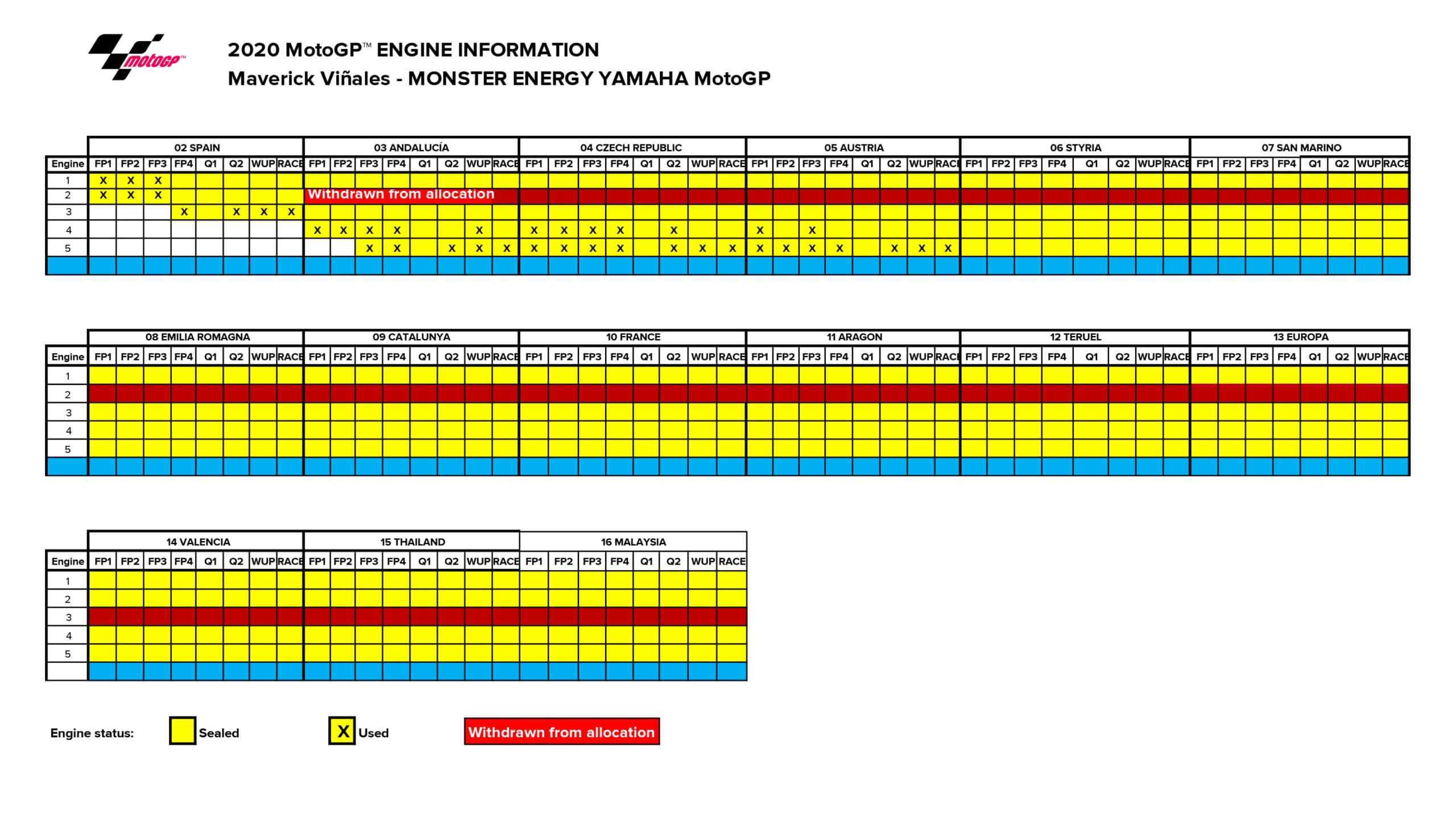Ducati CEO Claudio Domenicali certainly made a mistake when he let Lorenzo go, probably his biggest error since falling out with Stoner. Domenicali is one of those factory bosses who doesn’t allow the rider’s ego to overshadow his own. This might be a good thing or a bad thing, depending on the rider, but this is what one of his former world champions told me recently, “Too many grappas and he thinks he is Donald Trump”.
Dovizioso’s problem is more with Ducati Corse general manager Gigi Dall’Igna. The pair have barely been on speaking terms since 2018.
Stoner, Lorenzo and Dovizioso are all cases of poor rider management. If the rider is fast enough, he needs to be managed in a way that allows him to win races, whether the team boss likes him or not. Again, there’s a rock and roll analogy: band frontmen are often a pain in the arse, but if they sell tons of records then you work around them.
Soon we will hear who Ducati will choose to replace Dovizioso – Pecco Bagnaia, Johann Zarco or, surprise, surprise, Lorenzo.
And soon we will hear where Dovizioso will be next year, if anywhere. The only factory seat that remains is at Aprilia, if the factory dumps the problematic Andrea Iannone.
Dovizioso would be gold to Aprilia, whose latest RS-GP is similar to Ducati’s Desmosedici, so he would be able to use his eight years of Ducati knowhow to help MotoGP’s straggler catch up.
Aprilia team manager Massimo Rivola says the factory cannot afford Dovizioso, but Aprilia is owned by Piaggio, one of Europe’s biggest automotive groups. If the parent company wants to fully compete in MotoGP it needs to open its wallet wider. After all, even a top rider’s salary is a fraction of a factory MotoGP spend, so it makes no sense to build the best bike you can manage and not put the best rider you can on board.
Yamaha’s speed woes are getting worse, not better

Quartararo’s M1 is a sitting duck for Petrucci’s Ducati in the rush to the finish line
Petronas SRT
Fabio Quartararo had his world championship lead slashed from 17 points to 11 on Sunday and he can expect more of the same in next weekend’s second outing at Red Bull Ring.
The Austrian circuit is MotoGP’s fastest, with three long straights that are essentially drag strips, with riders entering all three in first or second gears – the championship’s biggest test of horsepower, electronics and aerodynamics.
Yamaha has always struggled with horsepower. At Red Bull Ring the YZR-M1’s lack of straight-line speed is usually quite obvious, even more so now than in the past.
When MotoGP first visited the track in 2016 the Yamaha was the second fastest bike, at 192mph, just 0.4mph off the fastest Ducati. In 2017 the M1 was the third best bike, at 193.9mph, 2.3mph down. Same in 2018, when the Yamaha managed 192.2mph, 2.7mph off the Honda. Last year the gap from the fastest bike to the best Yamaha jumped to 5.5mph and this year it was 3.8mph. Indeed, this year’s 191.7mph M1 was slower than the 2016 bike.
Red Bull Ring top speeds
Mean mph, from each bike’s five best race top speeds
| 2016 | 2017 | 2018 | 2019 | 2020 |
| Ducati 193.3 | Ducati 196.2 | Honda 194.9 | Honda 196.1 | Ducati 195.4 |
| Yamaha 192.9 | Honda 194.9 | Ducati 194.5 | Ducati 195.9 | KTM 194.8 |
| Honda 191.8 | Yamaha 193.9 | Yamaha 192.2 | Suzuki 193.6 | Suzuki 193.8 |
| Suzuki 191.1 | KTM 192.4 | KTM 191.3 | KTM 191.7 | Aprilia 193.7 |
| Aprilia 190.3 | Suzuki 191.6 | Aprilia 191.2 | Aprilia 191.5 | Honda 193.7 |
| Aprilia 190.3 | Suzuki 190.6 | Yamaha 190.6 | Yamaha 191.7 |
Such a handicap makes the Red Bull Ring a nightmare for Yamaha riders. With such a big deficit it’s difficult to hold the draft of the faster bikes, which makes attacking and defending almost impossible.
“This track is always difficult for us,” said Valentino Rossi, who was Yamaha’s top finisher on Sunday, in fifth place, while his bike was 19th fastest out of 20. “We can make a hot lap with new tyres because our bike is good there. But racing against other riders with such a difference in top speed makes the race very critical, because we lose too much on the straights.”
Quartararo finished eighth, starting from last place on the restart grid, after he had run out of brakes and taken a trip through the gravel in the early stages of the first start. His M1 was 20th and last in Sunday’s top-speed race and he lost seventh place to Ducati’s Danilo Petrucci in the race to the finish line. And yet his biggest problem wasn’t so much going as stopping.
“We know our speed is really low but at the moment I’m more worried about finding a solution for the brakes for next weekend,” he said.




